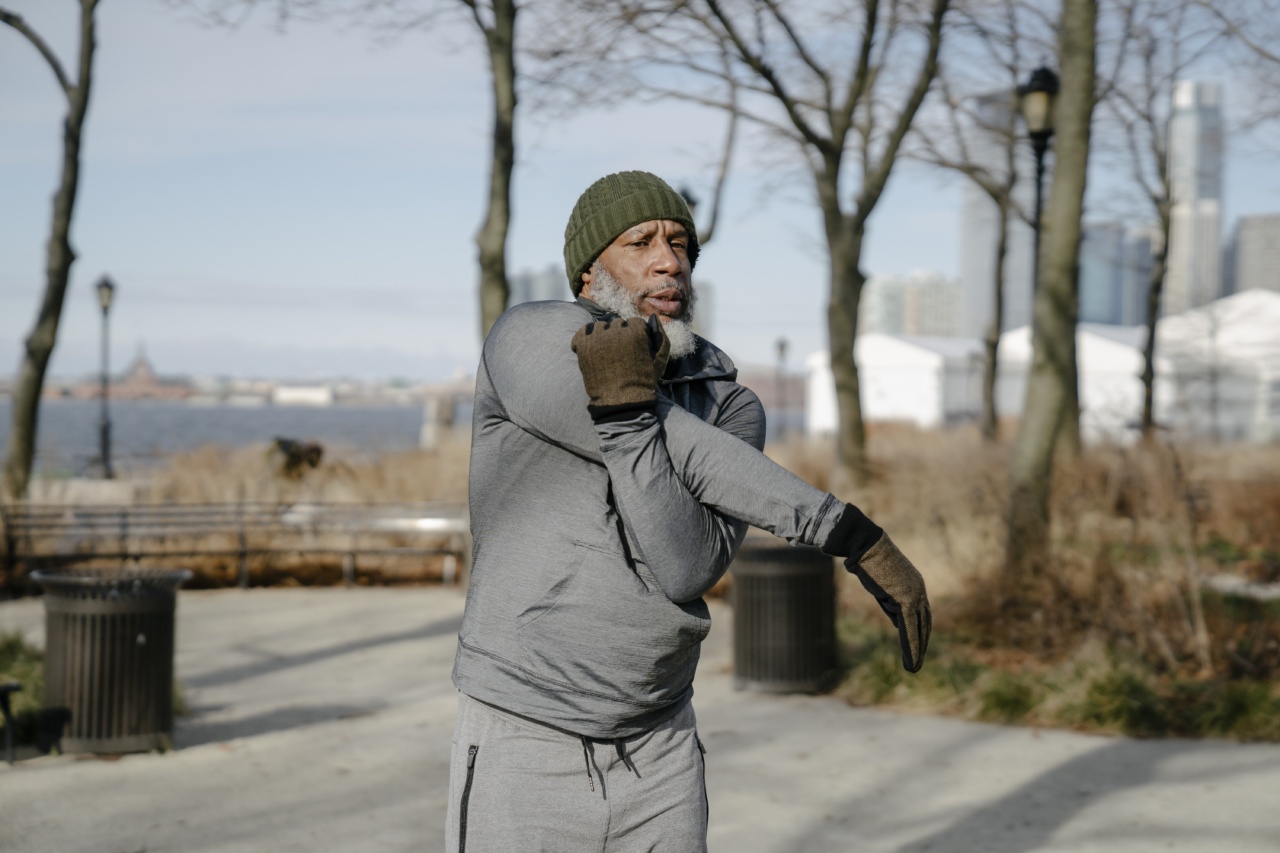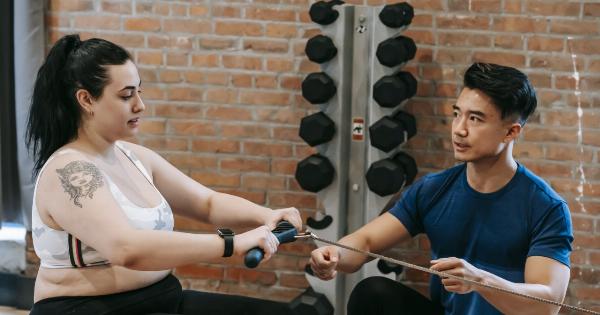Sarcopenia is a condition characterized by progressive loss of skeletal muscle mass, strength, and function. It is a common problem among the elderly population, and it can heighten the risk of disability, falls, and other issues.
The good news is that there are some effective strategies that the elderly can take to build muscle and improve their health and well-being.
1. Resistance Training
Resistance training is one of the most effective ways to build muscle and improve strength. It involves exercising against resistance, such as weights, bands, or bodyweight.
The elderly should aim for 2-3 strength training sessions per week, focusing on major muscle groups, such as the chest, back, legs, and arms. It is vital to start with light weights and gradually increase the intensity and volume to avoid injuries and overexertion.
2. Protein Intake
Protein is essential for building and repairing muscle tissue, and the elderly need it more than ever. It is recommended to consume 1-1.2 grams of protein per kilogram of body weight per day to support muscle growth and maintenance.
Good sources of protein include lean meats, poultry, fish, eggs, dairy products, beans, and legumes.
3. Vitamin D Supplementation
Vitamin D is crucial for bone health, muscle function, and overall well-being. However, many elderly people have deficient levels of vitamin D due to limited sun exposure, poor diet, and other factors.
Vitamin D supplementation can improve muscle strength and reduce the risk of falls in the elderly. The recommended dose is 800-1000 IU per day.
4. Calcium Intake
Calcium is another essential nutrient for bone health and muscle function. The elderly should aim for a daily calcium intake of 1000-1200 milligrams to maintain optimal bone density and muscle mass.
Good sources of calcium include dairy products, leafy greens, fortified foods, and supplements.
5. Reduced Sedentary Time
Many elderly people lead sedentary lifestyles, which can contribute to muscle loss, obesity, and other health problems.
Reducing sedentary time and engaging in more physical activity, such as walking, gardening, dancing, or swimming, can help build muscle, enhance cardiovascular health, and improve overall fitness and quality of life.
6. Proper Hydration
Hydration is critical for muscle health and function. The elderly should aim for at least 8-10 glasses of water per day, and more if they engage in physical activity or live in hot climates.
Proper hydration can prevent muscle cramps, enhance nutrient uptake, and improve overall health and well-being.
7. Balanced Diet
A balanced diet is crucial for muscle growth and overall health. The elderly should aim for a diet rich in fruits, vegetables, whole grains, lean protein, and healthy fats.
They should also limit their intake of processed foods, saturated and trans fats, and foods high in added sugars and salt. A balanced diet can provide the necessary nutrients for muscle growth, reduce inflammation, and promote overall health and well-being.
8. Rest and Recovery
Rest and recovery are essential for muscle growth and repair. The elderly should aim for 7-8 hours of sleep per night and avoid overexertion or excessive physical activity that can lead to muscle fatigue or injury.
They should also take breaks between strength training sessions and ensure adequate protein and hydration to support muscle recovery and growth.
9. Health Monitoring
Monitoring health is essential for identifying and treating any underlying health problems that can contribute to muscle loss or other issues.
The elderly should undergo regular check-ups, screenings, and tests to monitor their muscle mass, bone density, blood sugar, blood pressure, and other indicators of health. Early detection and treatment can prevent or manage conditions that can worsen sarcopenia.
10. Positive Attitude
A positive attitude can go a long way in maintaining muscle health and overall well-being. The elderly should stay motivated, committed, and optimistic about their ability to build muscle and improve their health.
They should focus on small, achievable goals and celebrate their progress along the way. A positive attitude can enhance mental and physical health, reduce stress, and promote longevity.































